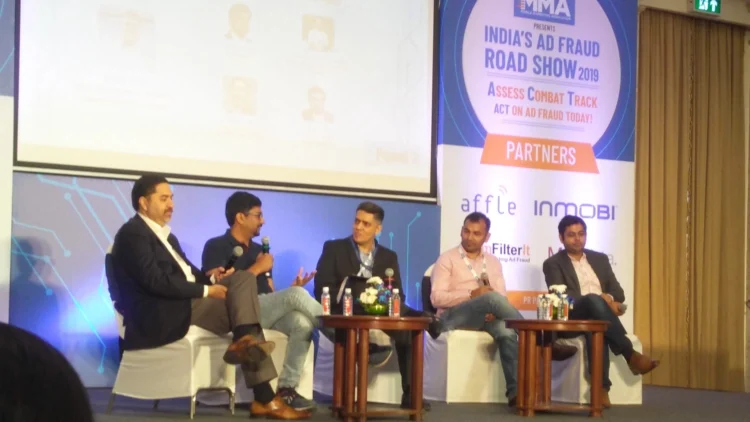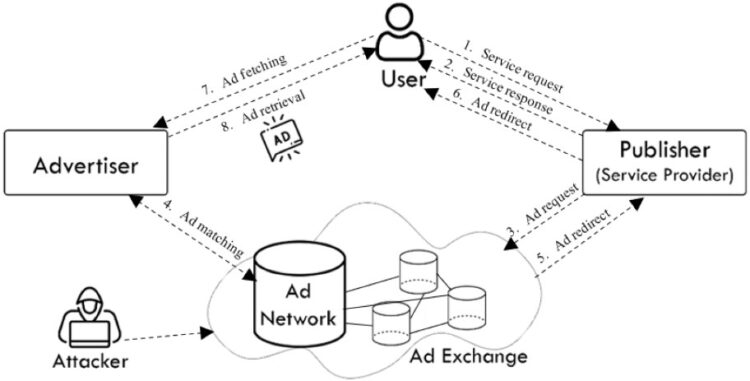You have heard of the Antiques Roadshow, right? Well, what about the ad fraud roadshow? Yes, it is a real thing. It took place in India back in the spring of 2019. If nothing else, the fact that it was even necessary is indicative of a lack of awareness among online advertisers. That lack of awareness costs billions annually.
According to the Brand Equity website, the Mobile Marketing Association (MMA) India took their ad fraud roadshow to Bengaluru, Mumbai, and New Delhi. The series of events started in mid-March and concluded a month later. MMA India said at the time that ad fraud and brand safety were the top two challenges facing online marketers, particularly those that advertise in the mobile space.
It is a Global Problem

For the record, ad fraud is not just a problem in India. It is a global problem that generates billions of dollars in ill-gotten revenues for fraudulent publishers and ad platforms. Likewise, MMA doesn’t just seek to educate Indian advertisers. They are a global organization leading the charge against ad fraud around the world.
MMA India estimated at the time of the roadshow that ad fraud would grow as much as 40% by the end of that year. More than three years later, we know that the perpetrators of ad fraud haven’t been slowed all that much. They continue to be successful due largely to the ignorance of their victims. That is where events like the ad fraud roadshow can play a huge role.
Know Your Enemy
One of the fundamental rules of warfare is to know your enemy. The rule applies to fighting ad fraud as well. Online advertisers need to know exactly who is ripping them off. They need to know who is going after their marketing budgets, the types of tactics fraudsters are using, and even how the scammers go about covering their tracks.
A lack of knowledge among advertisers is an open door to fraud. Like any other type of scam, ad fraud perpetrators look for soft targets first. These are advertisers that do not appear to know very much about how pay-per-click (PPC) and other forms of online advertising work. They are advertisers who pay for clicks and hope for the best.
Generating Fake Clicks

So, what do ad fraud perpetrators do? Although there are lots of ways to do it, the basic principle is the same across nearly all ad fraud schemes. Scammers generate fake clicks for the sole purpose of charging advertisers more. Every click is another charge added to the ledger.
It is all based on the PPC principle. When an organization chooses to advertise through a platform like Google Ads, it agrees to pay a certain amount for every click based on bids submitted for specific keywords. The hotter the keywords, the higher the bids tend to be.
The ads themselves are designed to report back whenever they are clicked. The data is converted into numbers used for billing purposes. If an ad gets 1,000 clicks, the total bill is the bid price x 1,000. But if it gets no clicks, the advertiser pays nothing.
This basic description should help you better understand why click fraud is so attractive. If a scammer can generate an endless number of clicks without advertisers knowing, he can also generate an endless revenue stream. Scammers have an advantage in that online advertisers rarely know how to tell they are being scammed.
Analyzing the Numbers Is a Start
A good place to start for advertisers who suspect they are being ripped off is the actual numbers their ad campaigns generate. A properly devised campaign includes an important selection of metrics that can shed light on what is happening behind the scenes. Analyzing IP addresses is a good example.
Noticing a large number of clicks from a single IP address is a clear red flag. Scammers are sophisticated enough to hide that type of activity. So, advertisers should also look for a high density of IP addresses concentrated within a given geographical area.
Another piece of data online advertisers can look at is the ratio between clicks and conversion rates. When all is said and done, conversion is what online advertisers really want. They want visitors to go to their websites and be converted to paying customers, loyal followers, etc.
A high number of ad clicks automatically becomes suspicious when they aren’t accompanied by a commensurate increase in conversions. If a company’s conversion rate prior to the ad campaign sat at 6% but falls to less than 2% after the ad campaign starts, there is a problem.
Ad Fraud Detection Software

Relying exclusively on a manual analysis of reporting data is better than doing nothing at all. Yet it probably won’t be enough for the simple fact that there is a ton of data to look at. So, the next step in preventing ad fraud is to deploy some sort of software designed to detect it.
Fraud Blocker is just one example. Packages like Fraud Blocker monitor all sorts of online activity in the background. When data suggests the possibility that ad fraud is occurring, the software can throw up a flag to alert the advertiser. Some software packages can even quarantine IP addresses and clicks to prevent further damage until the advertiser has time to take a closer look.
Ad fraud is such a prolific problem that entire companies now exist to detect and prevent it. And why not? With billions of dollars being siphoned from legitimate marketing budgets every year, advertisers have every incentive to stop ad fraud. If that means paying a company to keep an eye on things, it is well worth the investment.
Knowledge Is Power
The fact that the 2019 ad fraud roadshow was necessary demonstrates just how ignorant online advertisers are about ad fraud. If you advertise online, know this: knowledge is power. The more you know about how ad fraud is perpetrated, the better equipped you are to protect yourself against its perpetrators.
 Hi Boox Popular Magazine 2024
Hi Boox Popular Magazine 2024



